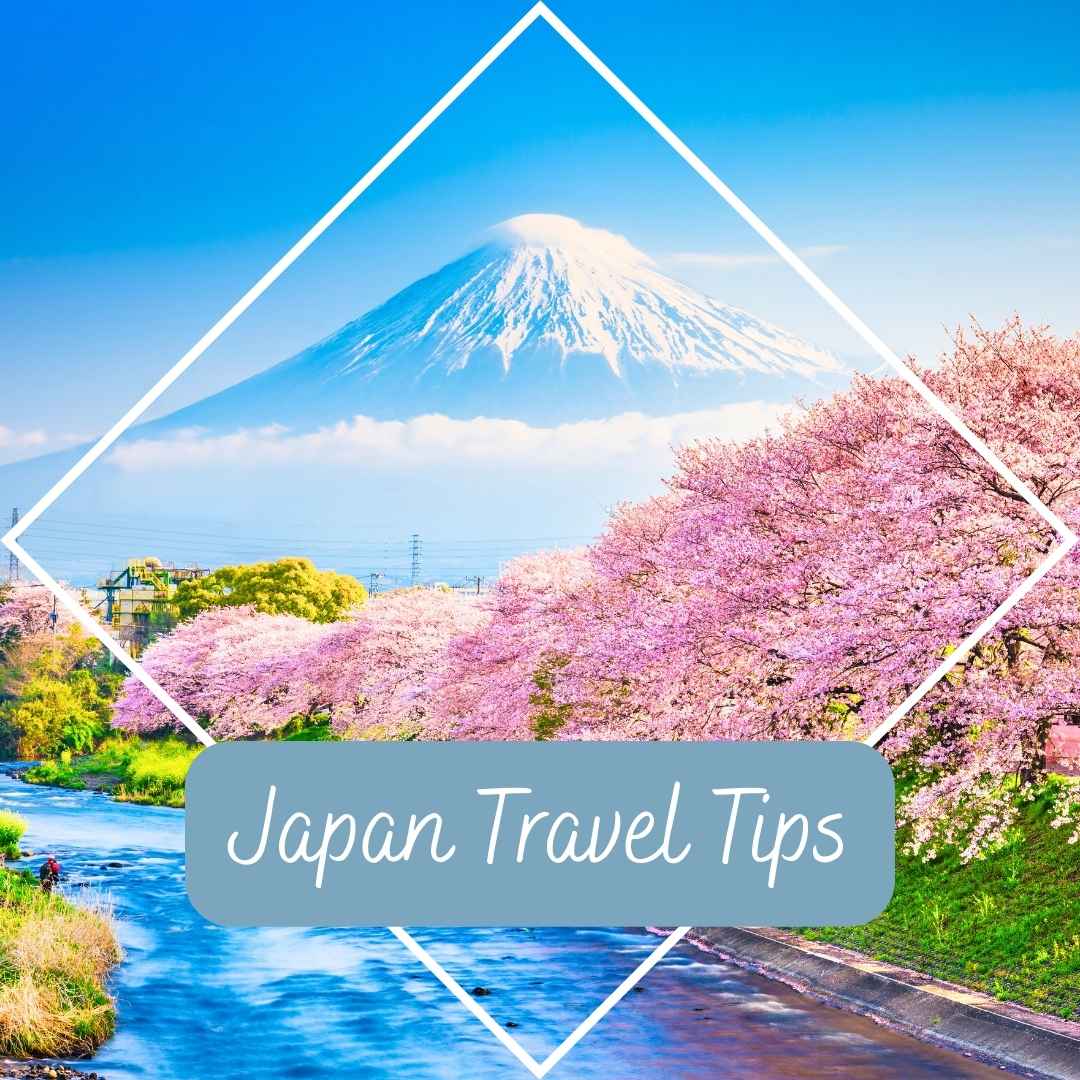This post contains affiliate links. If you make a booking through them, we may earn a small commission at no extra cost to you. As an Amazon Associate, I earn from qualifying purchases.
Travelling the world with your kids, reliving your backpacking days as a family. It sounds like a dream, right? And honestly, it is. It’s a chapter I know I’ll look back on and treasure forever.
The only real difference? The late nights drinking from buckets on Phi Phi Island are long gone. These days it’s morning hikes, midday meltdowns, and early nights in front of a TV in a different language.
So I’ve rediscovered something I forgot I loved. Reading. If you missed it, I already put together a list of my favourite fiction books set in Japan.
Picking up a book about the country you’re heading to or planning too. It makes the whole place feel more alive when you finally get there.
Here are the best non-fiction books about Japan to read before visiting.
1. The Book of Tea by Kakuzo Okakura
⭐️⭐️⭐️⭐️(4.7)
Genre: Cultural Philosophy / Essay
Published: 1906
Setting: Japan
This was originally written in English in 1906, aimed at explaining Japanese culture to Western readers, especially in the wake of Japan opening up after centuries of isolation. This century-old classic uses the tea ceremony as a way to explain everything from Japanese art and design to the cultural gap between East and West. It’s short, strange, and still completely relevant today. If you like to find the beauty in small things while travelling, this is the book for you.
2. Wabi Sabi: Japanese Wisdom for a Perfectly Imperfect Life by Beth Kempton
⭐️⭐️⭐️⭐️(4.6)
Genre: Self-Help / Cultural Insight
Published: 2018
Setting: Modern Japan
Beth Kempton weaves together travel stories, personal reflections, interviews with Japanese craftspeople, and bits of philosophy to explore how less really can be more. It’s part cultural insight, part guide to living better, written in simple, calming prose that feels like a deep breath. Ideal if you’re feeling overwhelmed, or just want to slow down and see things differently before (or during) your trip.
When Wabi Sabi came out in 2018, it quietly became a bestseller, getting international translations and rave reviews for its simple but thought-provoking message.
3. A Geek in Japan by Hector Garcia
⭐️⭐️⭐️⭐️(4.6)
Genre: Travel / Pop Culture
Published: 2011
Setting: Everyday life in modern Japan
It’s part cultural crash course, part love letter to all things weird and wonderful about Japan. Zen temples and etiquette to J-pop, manga, vending machines, and vending machines selling things you probably didn’t want to know existed.
Héctor García moved to Tokyo as a software engineer and ended up falling in love with the place. His blog exploded in popularity, and this book followed. fast becoming a cult hit with travellers, anime fans, and anyone trying to get their head around Japan’s unique contradictions.
It’s not academic and it’s not pretending to be profound. It’s bright, accessible, and full of photos and sidebars that make it feel more like a scrapbook than a textbook. If you’re heading to Japan and want to understand the everyday stuff. This is a getting your head around Japan starter kit.
4. Dogs and Demons: Tales from the Dark Side of Modern Japan by Alex Kerr
⭐️⭐️⭐️⭐️(4.6)
Genre: Cultural Criticism / Non-Fiction
Published: 2001
Setting: Contemporary Japan
This might not be the best book to read before a once-in-a-lifetime trip to Japan.
If you’ve been saving up, dreaming of cherry blossoms, geishas, and the magic of samurai tales, maybe save this one for the plane ride home.
Dogs and Demons is not a love letter to Japan by any stretch. It’s a sharp, critical look from someone who clearly cares about the country, but has also seen the cracks beneath the surface. Alex Kerr dives deep into environmental destruction, bureaucratic chaos, and the outdated infrastructure that still shapes modern Japan. It’s eye-opening, at times uncomfortable, but undeniably important if you want to understand what lies beyond the postcard views.
5. Tokyo Vice by Jake Adelstein
⭐️⭐️⭐️⭐️(4.3)
Genre: True Crime / Investigative Journalism
Published: 2009
Setting: Tokyo, Japan (1990s–2000s)
A gritty memoir from a man who dove headfirst into the world of Yakuza turf wars, human trafficking, and the government corruption that ran rampant through Japan in the ’90s.
Dark, intense, and fascinating, Tokyo Vice offers behind-the-scenes access to a world tourists rarely see. It’s a jaw-dropping, eye-opening read you won’t put down essential for anyone curious about the real underworld of Japan.











